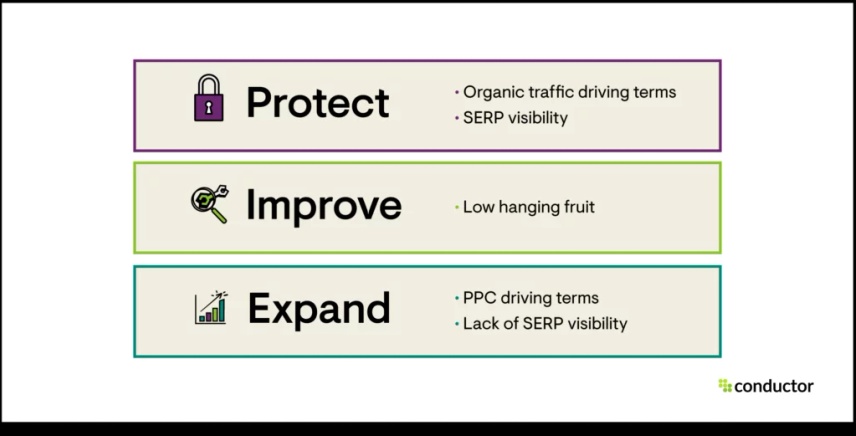Taking Advantage Of the Power of Secondary Measurement in Google Analytics to Improve Your Advertising Approach and Drive Results
In the world of digital advertising, the capacity to tweak methods and achieve concrete outcomes is critical for services making every effort to stay competitive in today's landscape. Leveraging the power of additional measurements within Google Analytics opens up a realm of possibilities for marketers looking for to gain deeper insights into individual behavior and customize their projects with accuracy. By discovering concealed patterns and refining target market segmentation, companies can craft targeted techniques that reverberate with their consumers on an extensive degree. The possible to determine project performance with a granular lens additionally highlights the value of using this device to drive success.
Understanding Additional Measurements
When assessing data in Google Analytics, recognizing additional dimensions is important for acquiring much deeper understandings into user behavior and internet site performance. Primary measurements offer basic info such as the number of sessions or individuals, yet additional measurements supply an even more comprehensive sight by enabling customers to segment and analyze data additionally. By adding a second dimension, online marketers can refine their evaluation and uncover useful patterns that may have otherwise gone unnoticed.
Second dimensions in Google Analytics can be related to various metrics such as traffic sources, customer demographics, and actions flow. By incorporating the main dimension of 'touchdown web pages' with the secondary dimension of 'gadget classification,' marketers can identify which tools are driving website traffic to specific landing web pages (what is a secondary dimension in google analytics). This information can assist maximize website design and material for far better user experience across different gadgets
Studying Individual Actions Patterns
To efficiently recognize user behavior patterns, an extensive analysis of data within Google Analytics is necessary. By diving right into customer behavior patterns, marketing experts can get important understandings right into exactly how site visitors engage with their web site, which pages are most engaging, and where possible traffic jams or drop-off points might exist in the conversion channel. Google Analytics uses a range of tools to analyze user behavior, such as behavior circulation records, event tracking, and objective funnels.
Habits flow reports provide a graph of exactly how individuals browse via the website, showing one of the most usual courses individuals take in addition to where they drop off. Event tracking allows marketing professionals to check details communications on the site, such as button clicks or video views, giving a much deeper understanding of individual engagement. Goal funnels track the actions users take in the direction of finishing a certain goal, highlighting areas for renovation in the conversion procedure.
Enhancing Audience Division
Upon evaluating user behavior patterns, online marketers can better enhance their strategies by enhancing target market division techniques in Google Analytics. Target market segmentation permits the categorization of website site visitors into specific teams based on various characteristics such as demographics, behavior, and rate of interests. By utilizing Google Analytics' additional dimensions, marketing professionals can fine-tune these sections also additionally to obtain deeper insights into their audience's activities and preferences.
Enhancing target market division enables marketing experts to develop more targeted and individualized marketing projects. By recognizing distinct individual groups, marketing professionals can customize their messaging, content, and uses to far better resonate with each section's unique attributes and demands. This level of personalization can dramatically improve interaction, conversion prices, and total marketing performance.
Furthermore, via boosted audience segmentation, online marketers can much better comprehend the client trip and optimize touchpoints along the path to conversion. By evaluating exactly how various sectors communicate with the web site and advertising find and marketing networks, online marketers can identify opportunities to boost customer experience, address discomfort factors, and inevitably drive more conversions. In general, refining target market division in Google Analytics is an effective approach for optimizing advertising and marketing performance and driving lasting organization development.
Tailoring Advertising And Marketing Campaigns
Marketing experts can maximize their advertising projects by tailoring web content and messaging to fit the distinct characteristics and requirements of specific target market segments. Customizing advertising campaigns includes developing personalized experiences that reverberate with various teams of customers. By leveraging understandings from secondary dimensions in Google Analytics, marketing professionals can acquire a deeper understanding of their target market's habits, choices, and demographics. This information allows for the production of targeted campaigns that talk straight to the interests and discomfort points of specific sectors, enhancing the likelihood of involvement and conversion.
With the analysis of additional measurements such as traffic resources, devices used, or geographical location, marketing professionals can fine-tune their messaging to be a lot more appropriate and impactful. For instance, an e-commerce business might uncover with Google Analytics that site visitors from social media networks have a higher conversion price than those from organic search. Armed with this expertise, the firm can adjust its advertising approach to concentrate more on social media sites systems to drive better results. By tailoring advertising projects based on understandings from additional measurements, businesses can optimize the performance of their efforts and eventually drive much better ROI.
Measuring Project Performance

One essential element of determining project efficiency is tracking conversions. By establishing goals in Google Analytics, companies can keep an eye on certain activities taken by customers as an outcome of the project, such as authorizing or making an acquisition up for an e-newsletter. Recognizing the conversion price and the conversion course can give beneficial understandings right into the effectiveness of various advertising channels and messages.
Additionally, evaluating metrics click site such as click-through rates, bounce rates, and session duration can assist marketing experts analyze customer involvement and the effect of the campaign on internet site web traffic. By incorporating key metrics with secondary dimensions in Google Analytics, companies can refine their advertising techniques, enhance campaign efficiency, and drive better outcomes.
Conclusion
Finally, harnessing the power of second measurements in Google Analytics can give useful understandings right into individual behavior patterns, enhance audience division, dressmaker advertising and marketing campaigns, and procedure campaign performance. By utilizing this attribute efficiently, organizations can improve their marketing techniques and drive much better results. It is vital for marketers to leverage the data offered with secondary dimensions to make enlightened decisions and optimize their advocate maximum effect.
